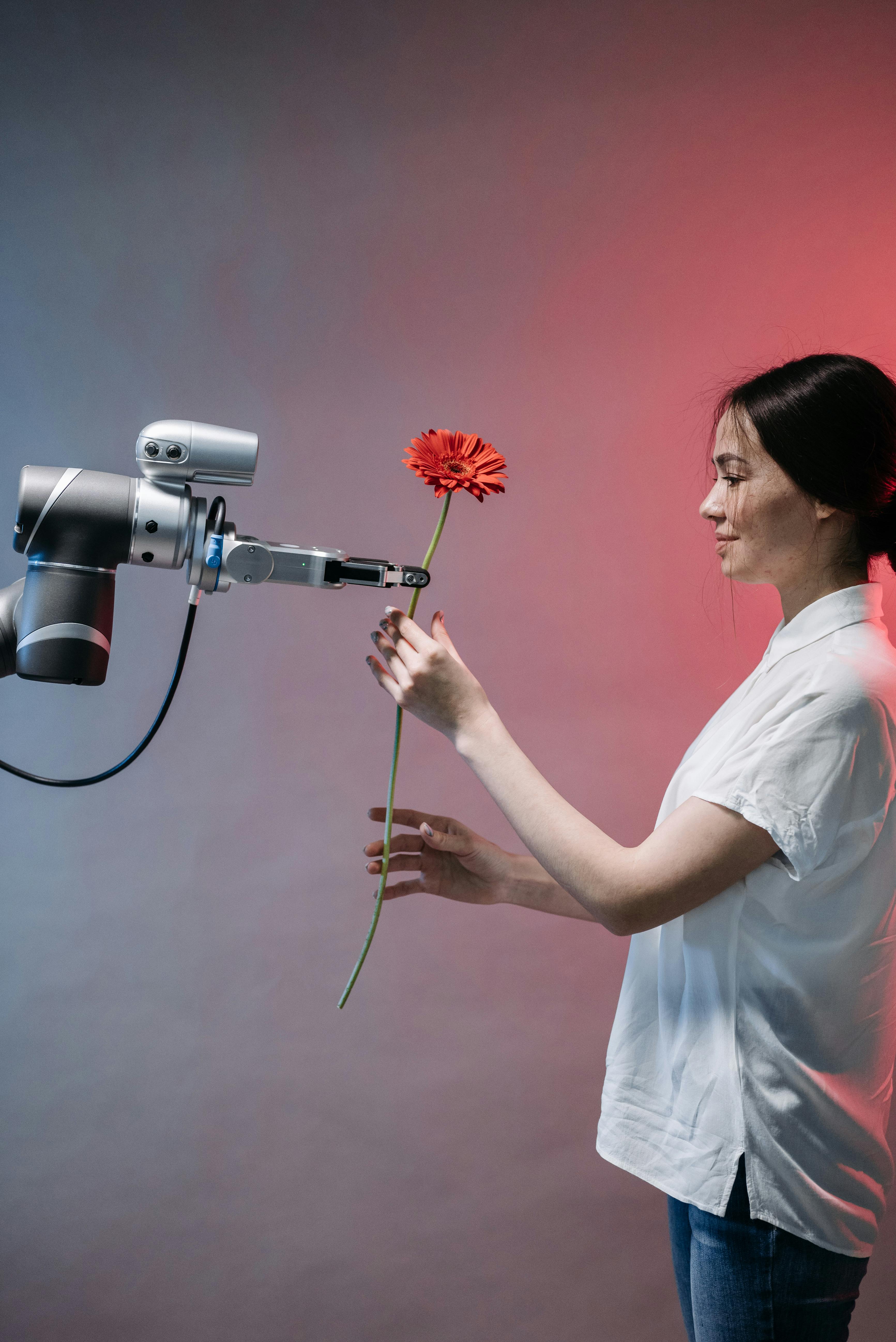
As a board member and advisor in the tech industry, I can easily see the successes and failures of the AI revolution. AI can reshape our world but also make us feel lost and disconnected. After all, human society, with its norms, behaviors, and communication methods, has shaped itself over millennials. AI is unable to replace it. Yet, AI can also be a great tool to rid us of boring, repetitive, and unpleasant tasks. It can speed up how we interact and allow us to focus on the things that require a human touch. Thus, let us dive into the importance of hybrid AI, which combines the best of artificial intelligence with irreplaceable human skills.
The AI Journey: From Novelty to Necessity
When OpenAI released its glorified chatbot, the call for the AI revolution became an instant focal point. Since then, the path has been marred by overpromises and successes. For example, today, 77% of SMBs report that AI tools have helped them compete with larger enterprises, and over half of companies today see AI as critical to their business success.
After the initial phase of turning every company into an AI company, the tide is finally shifting. We see AI automating routine and repetitive tasks and ridding human employees of low-value engagements. As such, it is finally ready to become a tool in everyone’s toolbox instead of the magic bullet that will solve all our problems.
The Human Element: When AI Falls Short
Unfortunately, there have been instances where AI seemed like the optimal solution but ultimately proved less effective than human intervention. A perfect example comes from an acquaintance who implemented an AI system to handle HR policy questions. While the system provided accurate answers, employee satisfaction plummeted.
Most of us only contact HR when we experience life-altering changes or face serious issues at work—problems like biased managers or a new addition to the family. Thus, policy questions can quickly become either a point of deeper discussion on the issue or an opportunity for the HR rep to show us empathy. Both foster connections and build a sense of being part of a greater team. AI triggers none of these emotions.
Worse, we might not even recognize the problem before it’s too late. After all, we got the right answer to our questions. It is just hard to quantify the unsatisfactory feeling when you expect something more yet can’t explain what more is.
Learning from Credit Card Concierges
One of the biggest learning opportunities for AI developers might be credit card concierge services. It takes about as much time to explain your wish to the concierge as it takes you to find the relevant information online and make your bookings. The concierge service provides a little bit extra, but more importantly, it provides us with a person to talk to. Consequently, services like Amex Platinum can demand a premium for their concierge service. For them, AI and web tools might be an opportunity to enhance their human employees, but they will not replace them.
The same holds for other services. If we talk to HR, we expect a certain amount of empathy. From our car insurance hotline, we expect the question of whether we are well before they dive into the claim. We will accept that AI is the better option if customer service hotlines get too bad, as with cable providers or airlines. Yet, that shouldn’t be a state to strive for.
Finding Hybrid AI Solutions
Consequently, the key to successful AI implementation lies in finding problems where a hybrid approach can leverage the strengths of AI speed and human communication skills. With wages continuing to rise, problem-oriented solutions can significantly enhance any customer’s bottom line.
Market Intend, one of my portfolio companies, has seen great success with this model in the sales sector. The AI systems conduct in-depth research on target companies, freeing up sales employees to focus on what they do best – connecting with clients and closing deals. The AI can quickly answer complex queries and identify potential customers like successful past clients. Meanwhile, human sales representatives build the crucial rapport that often leads to successful transactions, especially for higher-value items.
User Expectations
Ultimately, it comes down to user expectations. If a task requires significant empathy or a personal touch, humans are likely to be more successful. AI lacks genuine empathy, and users can often tell the difference. This is even more true in situations where live meetings or videos are involved. AI simply isn’t good at picking up the subtle, nonverbal.
If you have found such a task, dive into the subgroups and determine whether there is anything heavy on data or boring and repetitive. Both areas are ripe for AI utilization. After all, a computer seldom complains about doing the same thing repeatedly. Using AI here allows employees to focus on more engaging and creative work.
Once you have such a subtask, find a solution that matches it, and you will likely have a successful project. After all, you relieved your employees of something they don’t want to do and increased the productivity of everyone using AI.
The Future of Hybrid AI
Looking ahead, AI will make the most significant impact in automating routine and eliminating repetitive tasks. From monitoring computer systems to reconciling bank accounts, AI will free human workers to focus on higher-value activities, such as designing a better network or optimizing fund usage.
By integrating AI with human skills, we can create workplaces that are more productive, innovative, and fulfilling for employees and customers. The future of work is collaborative, and it’s time for us to embrace the power of hybrid AI.
